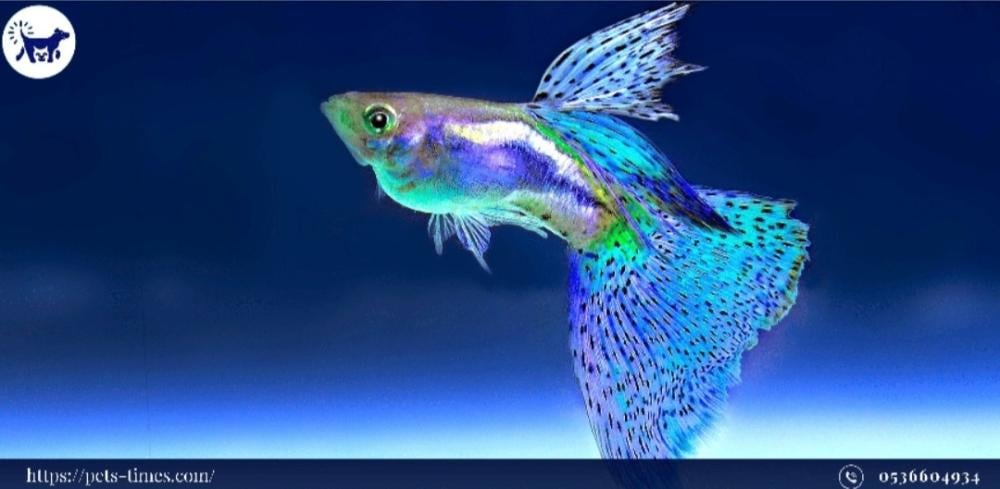Fish live for relatively long periods, so it is preferable to take care of them in healthy, safe and comfortable ways.
Here are the details of raising ornamental fish at home:
Proper preparation of the ornamental fish tank:
This is done by following the following steps:
- Choosing the right size for the number and size of fish you are buying.
- Choosing the right place for the aquarium.
- Make sure the tank has a cover if the fish is a species that can jump out.
- Install a heater to maintain the aquarium water temperature between 22-29°C.
- Install a filter to keep the tank clean.
- Add sand, rocks, or wood to make it more natural.
- Add some plants to the aquarium to maintain the oxygen levels inside it and get rid of nitrates.
You can get all your ornamental fish supplies from Pets Time store:
Pets Time Aquarium Cotton Filters
Aquadin Anti-Chlorine Liquid for Aquarium Water Treatment 100ml
Pets Time Floating Aquarium Glass Cleaning Brush
Ornamental fish feeding:
Food can be offered that includes dried foods, flakes or pellets.
Ornamental fish should be fed only twice a day. Overfeeding is harmful to fish, and its harms include:
- Stimulate algae growth.
- Clogged filters in the sink.
- Increased levels of nitrite and ammonia.
Pets Time store provides you with suitable foods for all types of ornamental fish such as:
Siso Fish Food Pleco Tablets 100ml
Siso food for colored discus fish 500ml
Siso food for colored cichlids 500g
Siso food for ornamental fish to enhance color 400g
Siso food for fighter and guppy fish 100ml
Regular care of the ornamental fish tank:
There are a number of things that must be taken care of periodically regarding the fish tank, which are as follows:
- Partially change the aquarium water by 20-30% periodically.
- Clean the filter periodically to prevent clogging.
- Clean the aquarium, whether made of glass or acrylic, with a suitable cleaner.
- Be careful not to fill the aquarium with tap water due to the high levels of chlorine in it.

